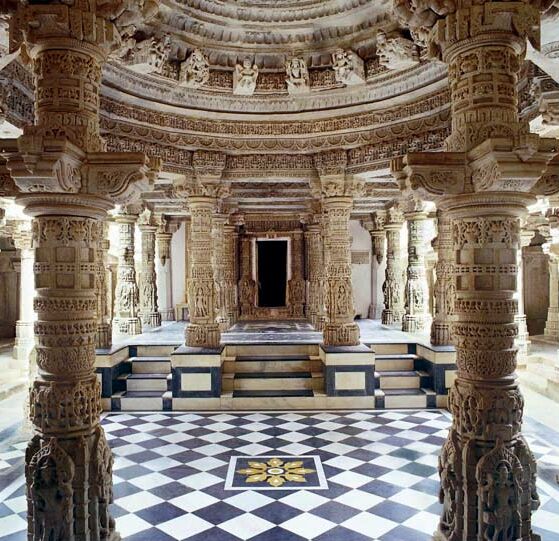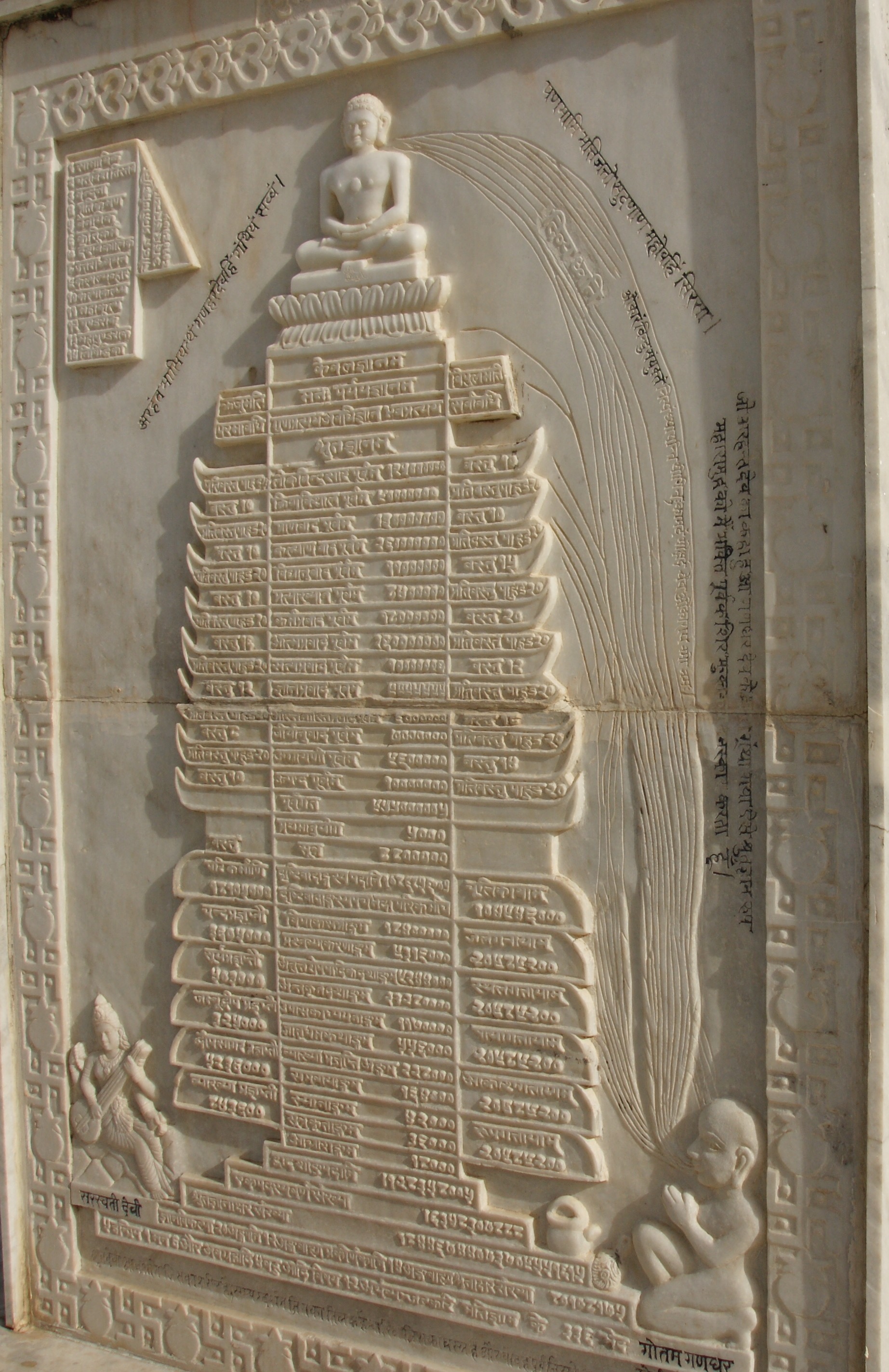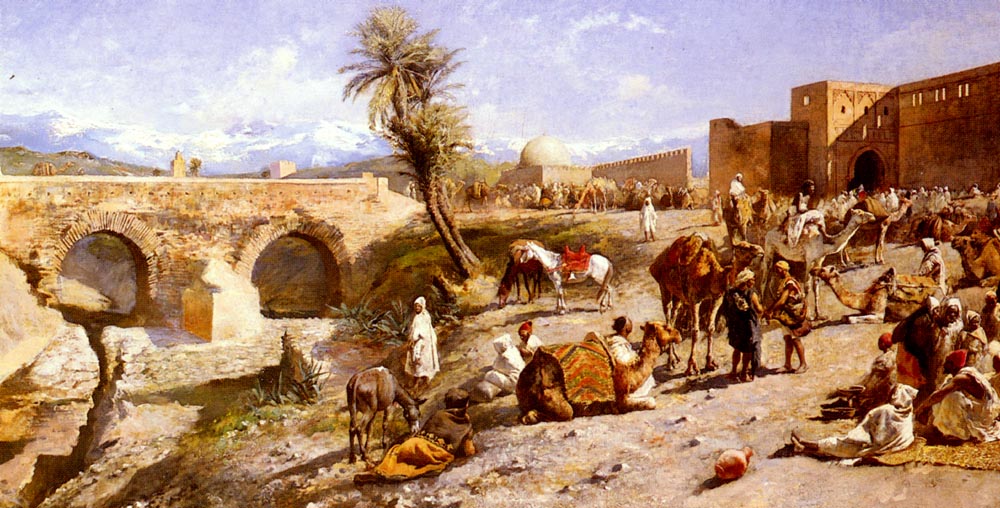|
ŇörńĀvastńę
Shravasti (, ; ) is a town in Shravasti district in Indian state of Uttar Pradesh. It was the capital of the ancient Indian kingdom of Kosala which was ruled by Lava and the place where the Buddha lived most after his enlightenment. It is near the Rapti river in the northeastern part of Uttar Pradesh India, close to the Nepalese border. Shravasti is one of the most revered sites in Buddhism. It is believed to be where the Buddha taught many of his ''Suttas'' (sermons), converted many of his famous disciples, and performed his "Sravasti miracles" ‚Äď "great miracle" and "twin miracle" ‚Äď a subject of numerous historic reliefs, statues and literature in Buddhism. Sravasti is also important to Hinduism and Jainism. The earliest manuscripts of both mention it and weave some of their legends in Sravasti. Archaeological excavations of the Sravasti site have unearthed numerous artworks and monuments related to Buddhism, Hinduism and Jainism. Shravasti, as a capital, was at the ju ... [...More Info...] [...Related Items...] OR: [Wikipedia] [Google] [Baidu] |
The Twin Miracle
The Twin Miracle, also called the Miracle at Savatthi (Pali), or the Miracle at ŇörńĀvastńę (Sanskrit), is one of the miracles of Gautama Buddha. There are two major versions of the story that vary in some details. The Pali account of the miracle can be found in the ''Dhammapadattakatha'' and the Sanskrit version of the Miracle Month in the ''Pratiharya-sutra.'' Buddhists believe it was performed seven years after the Buddha's enlightenment, in the ancient Indian city of Savatthi. Tibetan Buddhists celebrate this event with Chotrul Duchen. According to Buddhist texts, during the twin miracle the Buddha emitted fire from the top half of his body and water from the bottom half of his body simultaneously, before alternating them and then expanding them to illuminate the cosmos. The miracle was performed during a miracle contest between Gautama Buddha and Six Heretical Teachers, six rival religious teachers. In the Sanskrit Buddhist tradition, it is considered one of the Buddhahood#I ... [...More Info...] [...Related Items...] OR: [Wikipedia] [Google] [Baidu] |
Kosala
Kosala, sometimes referred to as Uttara Kosala () was one of the Mahajanapadas of ancient India. It emerged as a small state during the Late Vedic period and became (along with Magadha) one of the earliest states to transition from a lineage-based society to a monarchy. By the 6th century BCE, it had consolidated into one of the four great powers of ancient northern India, along with Magadha, Vatsa, and Avanti. Kosala belonged to the Northern Black Polished Ware culture (c. 700‚Äď300 BCE) and was culturally distinct from the Painted Grey Ware culture of the neighboring Kuru- Panchala region, following independent development toward urbanisation and the use of iron. The presence of the lineage of Ikshvaku‚ÄĒdescribed as a raja in the ŠĻögveda and an ancient hero in the Atharvaveda‚ÄĒto which Rama, Mahavira, and the Buddha are all thought to have belonged‚ÄĒcharacterized the Kosalan realm. One of India's two great epics, Ramayana is set in the "Kosala- Videha" realm i ... [...More Info...] [...Related Items...] OR: [Wikipedia] [Google] [Baidu] |
Jain Temple
A Jain temple, Derasar (Gujarati: ŗ™¶ŗęáŗ™įŗ™ĺŗ™łŗ™į) or Basadi (Kannada: ŗ≤¨ŗ≤łŗ≤¶ŗ≤Ņ) is the place of worship for Jains, the followers of Jainism. Jain architecture is essentially restricted to temples and monasteries, and Jain buildings generally reflect the prevailing style of the place and time they were built. Jain temple architecture is generally close to Hindu temple architecture, and in ancient times Buddhist architecture. Normally the same builders and carvers worked for all religions, and regional and periodic styles are generally similar. For over 1,000 years, the basic layout of a Hindu or most Jain temples has consisted of a small garbhagriha or sanctuary for the main murti or idol, over which the high superstructure rises, then one or more larger mandapa halls. MńĀru-Gurjara architecture or the "Solanki style", is a particular temple style from Gujarat and Rajasthan (both regions with a strong Jain presence) that originated in both Hindu and Jain temples a ... [...More Info...] [...Related Items...] OR: [Wikipedia] [Google] [Baidu] |
Achiravati
The West Rapti, also known as the Kuwano, is a river which drains Rapti Zone in Mid-Western Region, Nepal, then Awadh and Bhojpur-Purvanchal regions of Uttar Pradesh state, India before joining the Ghaghara. It is a major left bank tributary of the Ganges, and is also known as the Karnali in Nepal. The West Rapti is notable for ''janajati'' ethnic groups ‚Äď Kham Magar among its highland sources and then Tharu in Inner Terai Deukhuri Valley, for its irrigation and hydroelectric potential, and for recurrent floods that led to its nickname "Gorakhpur's Sorrow". Max depth 8.50 Min depth 10.7 History As ancient Airavati river Aciravati, Achirvati or Airavati is the ancient name for a river has been identified with the modern Rapti, flowing through what is now Nepal and the northern portion of Uttar Pradesh. The Chinese pilgrim Xuanzang knew it as A-chi-lo. Jain texts mention it as Eravai. The ancient city of Sravasti, once capital of Kosala Kingdom, stood on the we ... [...More Info...] [...Related Items...] OR: [Wikipedia] [Google] [Baidu] |
Chandraprabha
Chandraprabha () or Chandranatha is the eighth Tirthankara of of Jainism in the present age (). According to traditional accounts, he was born to King Mahasena and Queen Lakshmana Devi at Chandrapuri to the Ikshvaku dynasty. According to Jain texts, his birth-date was the twelfth day of the Posh Krishna month of the Indian calendar. He is said to have become a Siddha#Jainism, siddha, a liberated soul which has destroyed all of its Karma in Jainism, karma. Jain biography Chandraprabha was the eighth Jain ''tirthankara, Tńęrthankara'' of the present age (''avasarpini''). He was born to King Mahasena and Queen Lakshmana Devi at Chandrawati Jain temple, Chandrapuri, Varanasi on 12th day month Pausa in the Ikshvaku clan. Nine months before the birth of ''Chandraprabha'', Queen ''Lakshmana Devi '' dreamt the sixteen most Auspicious dreams in Jainism, auspicious dreams. Mahasena named Tirthankar Chandraprabha because of his complexion was white as moon. According to Uttarapurana, I ... [...More Info...] [...Related Items...] OR: [Wikipedia] [Google] [Baidu] |
Jain Literature
Jain literature () refers to the literature of the Jain religion. It is a vast and ancient literary tradition, which was initially transmitted orally. The oldest surviving material is contained in the canonical ''Jain Agamas'', which are written in Ardhamagadhi, a Prakrit ( Middle-Indo Aryan) language. Various commentaries were written on these canonical texts by later Jain monks. Later works were also written in other languages, like Sanskrit and Maharashtri Prakrit. Jain literature is primarily divided between the canons of the ''Digambara'' and '' ŇövńďtńĀmbara'' orders. These two main sects of Jainism do not always agree on which texts should be considered authoritative. More recent Jain literature has also been written in other languages, like Marathi, Tamil, Rajasthani, Dhundari, Marwari, Hindi, Gujarati, Kannada, Malayalam and more recently in English. Beliefs Jains believe their religion is eternal, and the teachings of the first tńęrthaŠĻÖkara, ŠĻöŠĻ£a ... [...More Info...] [...Related Items...] OR: [Wikipedia] [Google] [Baidu] |
A Svetambara Jaina Idol Of Sambhavanatha At Shravasti Jaina Temple
A, or a, is the first letter and the first vowel letter of the Latin alphabet, used in the modern English alphabet, and others worldwide. Its name in English is '' a'' (pronounced ), plural ''aes''. It is similar in shape to the Ancient Greek letter alpha, from which it derives. The uppercase version consists of the two slanting sides of a triangle, crossed in the middle by a horizontal bar. The lowercase version is often written in one of two forms: the double-storey and single-storey . The latter is commonly used in handwriting and fonts based on it, especially fonts intended to be read by children, and is also found in italic type. In English, '' a'' is the indefinite article, with the alternative form ''an''. Name In English, the name of the letter is the ''long A'' sound, pronounced . Its name in most other languages matches the letter's pronunciation in open syllables. History The earliest known ancestor of A is ''aleph''‚ÄĒthe first letter of the Phoenician ... [...More Info...] [...Related Items...] OR: [Wikipedia] [Google] [Baidu] |
Rainy Season
The rainy season is the time of year when most of a region's average annual rainfall occurs. Rainy Season may also refer to: * ''Rainy Season'' (short story), a 1989 short horror story by Stephen King * "Rainy Season", a 2018 song by Monni * '' The Rainy Season'', a 1993 album by Marc Cohn * ''The Rainy Season'', a 1999 novel by James Blaylock * ''Rainy Seasons'' (film), a 2010 Iranian film {{disambiguation ... [...More Info...] [...Related Items...] OR: [Wikipedia] [Google] [Baidu] |
Procession Of Prasenajit Of Kosala Leaving Sravasti To Meet The Buddha
A procession is an organized body of people walking in a formal or ceremonial manner. History Processions have in all peoples and at all times been a natural form of public celebration, as forming an orderly and impressive ceremony. Religious and triumphal processions are abundantly illustrated by ancient monuments, e.g. the religious processions of Egypt, those illustrated by the rock-carvings of Boghaz-Keui, the many representations of processions in Greek art, culminating in the great Panathenaic procession of the Parthenon Frieze, and Roman triumphal reliefs, such as those of the arch of Titus. Greco-Roman practice Processions played a prominent part in the great festivals of Greece, where they were always religious in character. The games were either opened or accompanied by more or less elaborate processions and sacrifices, while processions from the earliest times formed part of the worship of the old nature gods, as those connected with the cult of Dionysus and the Pha ... [...More Info...] [...Related Items...] OR: [Wikipedia] [Google] [Baidu] |
Buddhaghosa
Buddhaghosa was a 5th-century Sinhalese TheravńĀdin Buddhist commentator, translator, and philosopher. He worked in the great monastery (''mahńĀvihńĀra'') at AnurńĀdhapura, Sri Lanka and saw himself as being part of the VibhajyavńĀda school and in the lineage of the Sinhalese ''mahńĀvihńĀra''. His best-known work is the ''Visuddhimagga'' ("Path of Purification"), a comprehensive summary of older Sinhala commentaries on the scriptural canon of the TheravńĀda school. According to Sarah Shaw, in TheravńĀda Buddhism this systematic work is "the principal text on the subject of meditation." The interpretations provided by Buddhaghosa have generally constituted the orthodox understanding of TheravńĀdin scriptures since at least the 12th century CE. Buddhaghosa is generally recognized by both Western scholars and TheravńĀdin Buddhists as the most important philosopher and commentator of the TheravńĀda school. Name The name ''Buddhaghosa'' means "Voice of the Buddha" (''Budd ... [...More Info...] [...Related Items...] OR: [Wikipedia] [Google] [Baidu] |
Shravasti Airport
Shravasti Airport is a domestic airport, which serves the city of Shravasti, Uttar Pradesh, India. It is near an important Buddhist pilgrimage site, where The Buddha is believed to have spent 24 monsoons in this city. Numerous stupas, monasteries and several temples near the archaeological site of Sahet-Mahet establish Buddha's association with Shravasti. The airport is being developed by upgrading the existing airfield, which was used only by the Government and VIPs, in three phases. It covers an area of 57 acres, and has a terminal building, an Air Traffic Control (ATC) tower, an apron for parking of two 19-seater Dornier 228 aircraft, a fire station and a runway. The first phase is complete and was inaugurated by Narendra Modi on 10th March 2024. In the second and third phases, the airport will expand to an area of 750 acres. Under the UDAN scheme, flights to and from Shravasti and Lucknow is now operational, and in near future more flights to and from New Delhi Varanas ... [...More Info...] [...Related Items...] OR: [Wikipedia] [Google] [Baidu] |
National Highway 330 (India)
National Highway 330 is a national highway in India that links Prayagraj, Uttar Pradesh to Balrampur in Uttar Pradesh. Previously this highway was named NH-96. NH 330 is a 4 Lane highway in UP. Major cities and towns Route of NH-330 connects below mentioned major cities of U.P. * Prayagraj * Pratapgarh * Sultanpur * Bikapur * Ayodhya * Nawabganj * Gonda * Balrampur Junctions : Terminal near Prayagraj. : near Pratapgarh. : near Pratapgarh. : near Sultanpur. : near Sultanpur. : near Ayodhya. : Ayodhya. : near Gonda. : Terminal near Balrampur. Toll plaza * Prayagraj * Ayodhya See also * List of national highways in India * National Highways Development Project The National Highways Development Project (NHDP) was a project of four laning of existing national highways and six laning of selected major national highways of India. The project was started in 1998 under the leadership of Prime Minister of I ... References External links NH 330 on OpenStreetMap ... [...More Info...] [...Related Items...] OR: [Wikipedia] [Google] [Baidu] |




